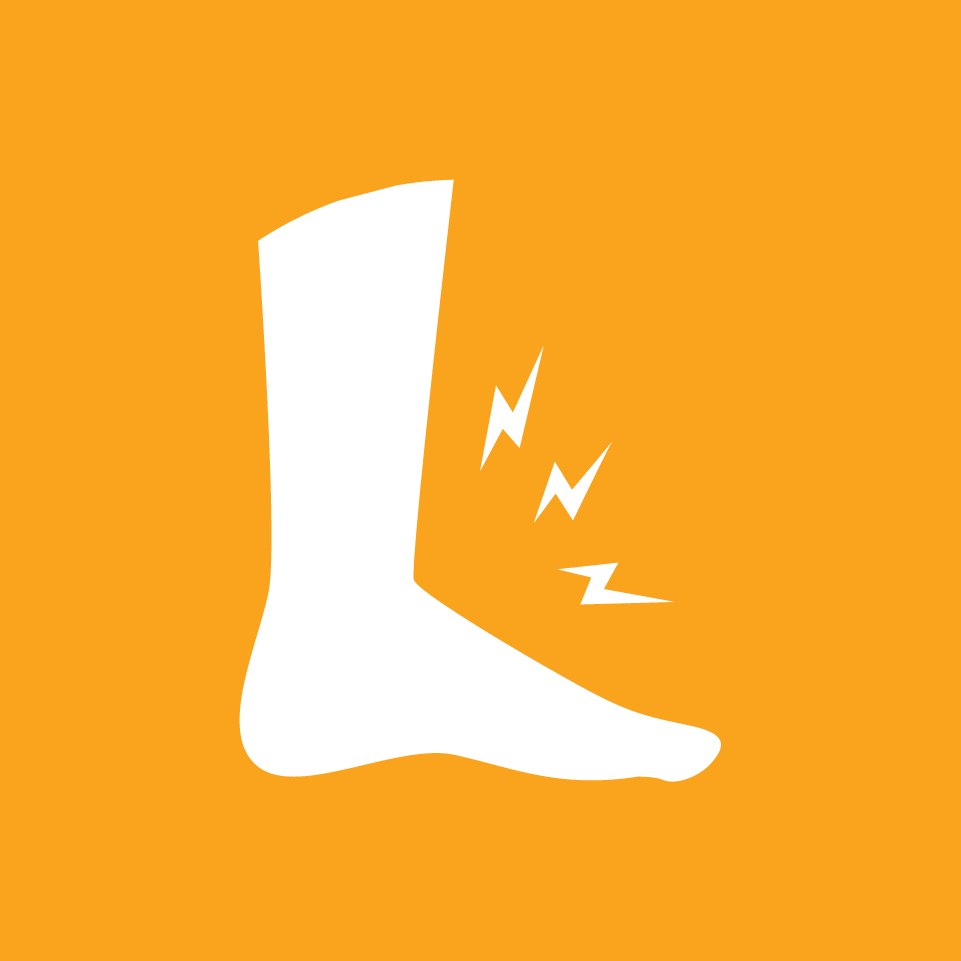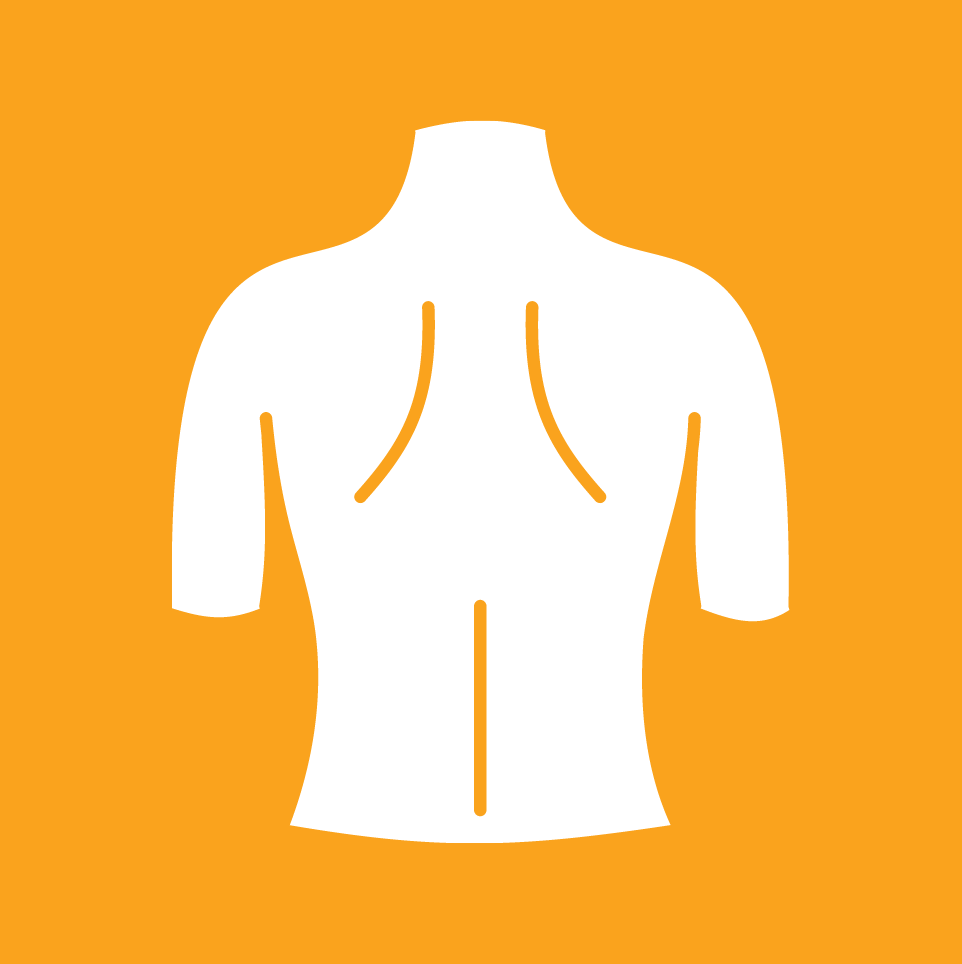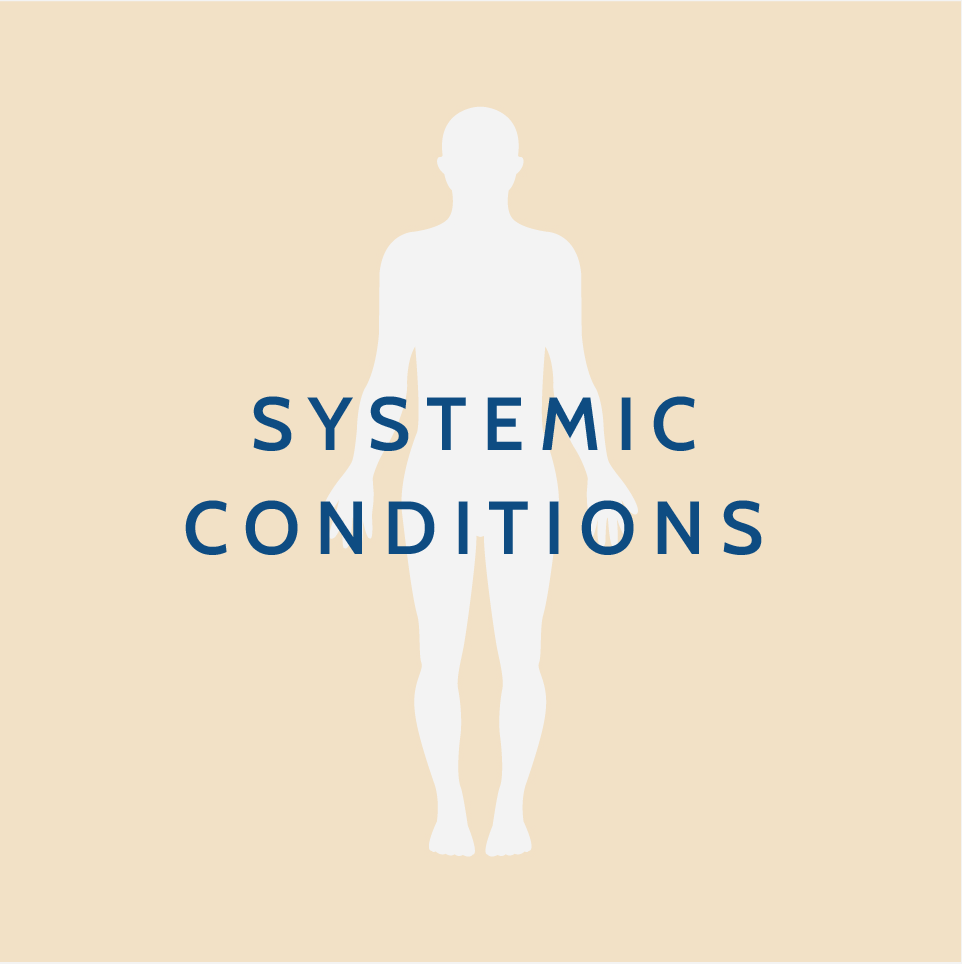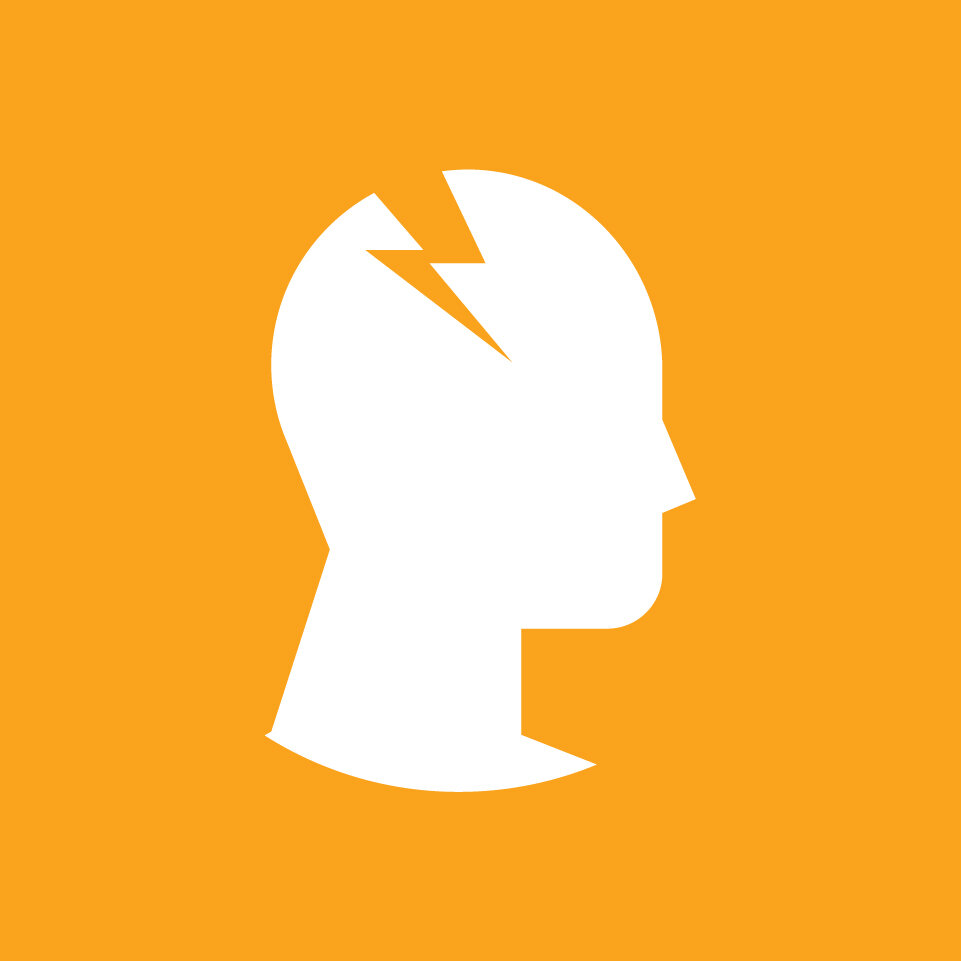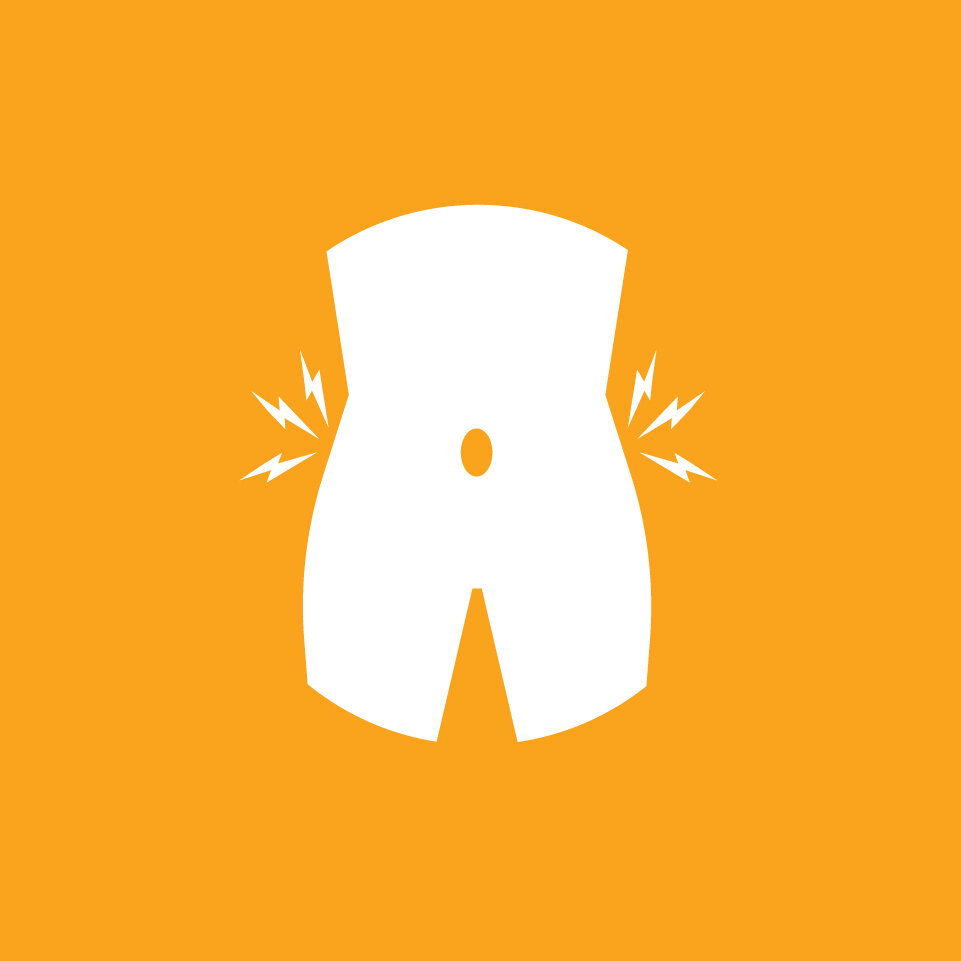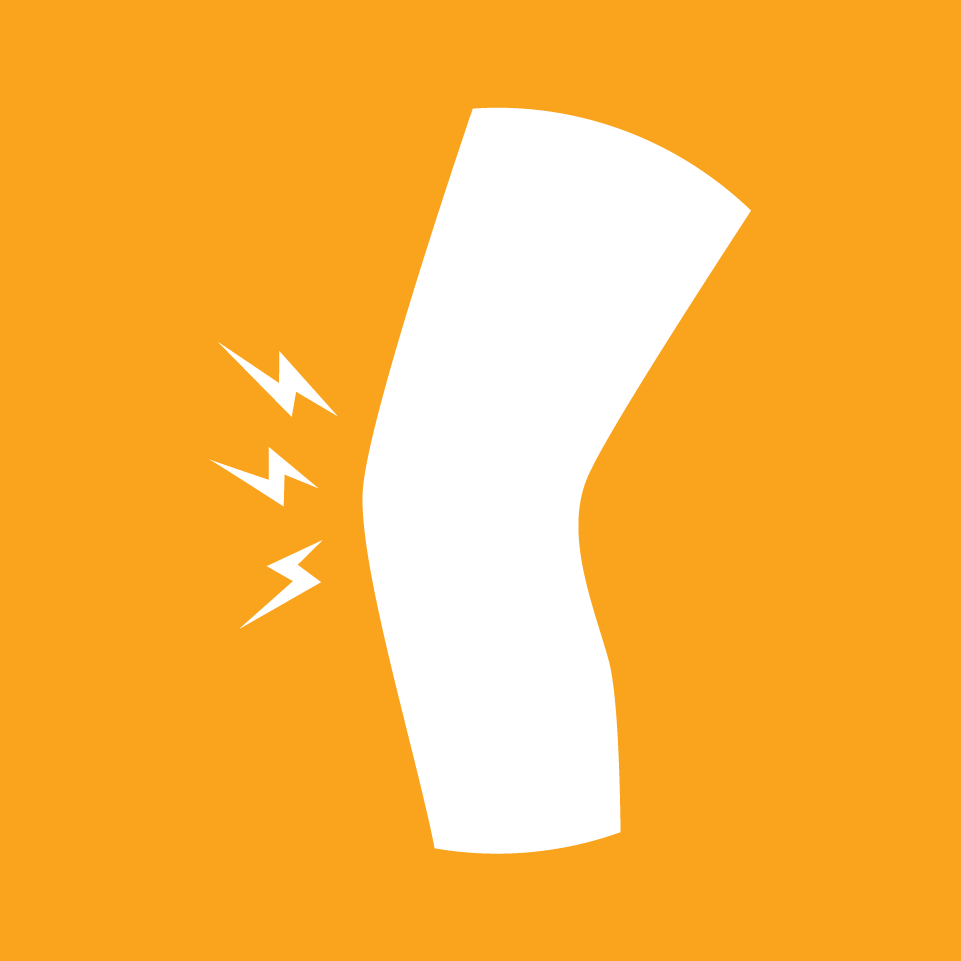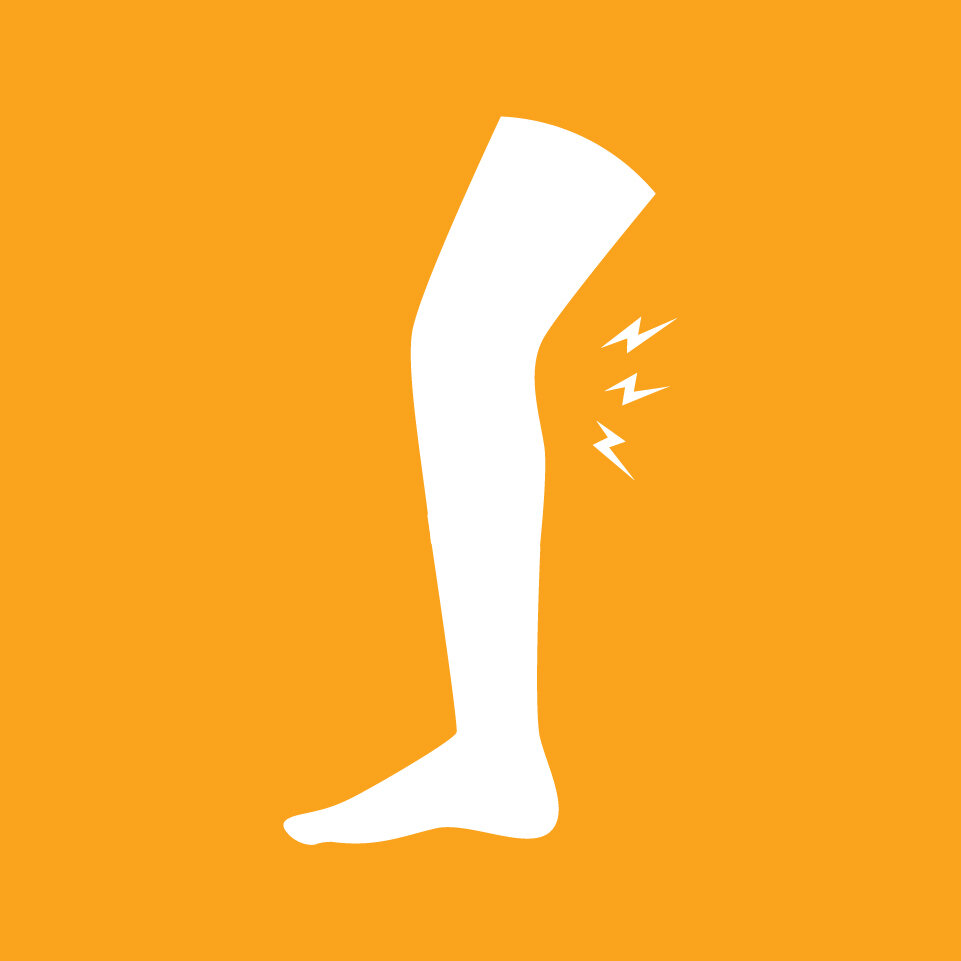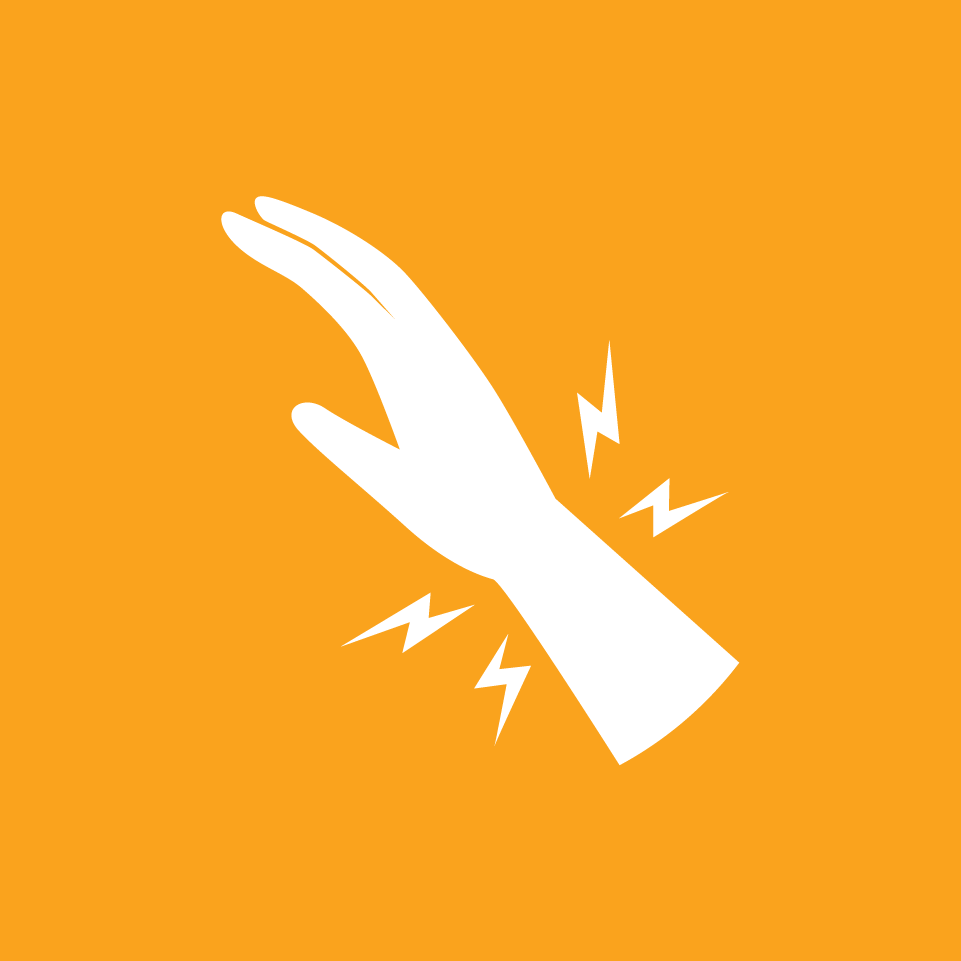How can we Help with systemic conditions?
At Brown Rogers Physical Therapy, not only will your therapist spend the time to perform a proper evaluation, but we have available a heated pool that can be very effective for multiple site problems, such as fibromyalgia, osteoarthritis, muscular sclerosis, and many more diagnoses.
Fibromyalgia
Physical therapists teach self-management skills to people with all types of conditions, including fibromyalgia. Physical therapists can show people with fibromyalgia how to relieve symptoms of pain and stiffness in everyday life. These health care professionals teach people with fibromyalgia how to build strength and improve their range of motion. They show them ways to get relief from deep muscle pain. And they can help people with fibromyalgia learn how to make sensible decisions about daily activities that will help prevent painful flare-ups.
Rheumatoid Arthritis
Rheumatoid arthritis (RA) is the most debilitating type of arthritis because it can cause adult deformity and disability. It affects more than 1.5 million adult Americans. The type of RA that affects children is Juvenile Idiopathic Arthritis (JIA). RA's onset usually occurs between the ages of 30 and 60, but is known to affect older adults, too. Women are affected three times as often as men.
In the spine, RA usually affects the joints in the neck (cervical spine). It is an autoimmune disease: the body’s own immune system attacks joints and connective tissue, leading to pain, swelling, and stiffness. Some patients experience disability and loss of joint function. There are many other types of arthritis, including osteoarthritis (spondylosis), a type that commonly affects the spine. Ankylosing spondylitis is a type of inflammatory arthritis affecting the spine.
There are a variety of physical therapy techniques that may ease your rheumatoid arthritis symptoms. Passive treatments relax your body and include massage, heat and cold therapy, hydrotherapy, TENS (transcutaneous electrical nerve stimulation), and ultrasound.
Passive Treatments
Cold Therapy
Heat Therapy
Hydrotherapy
Massage
TENS (transcutaneous electrical nerve stimulation)
Ultrasound
Active Treatments
Muscle flexibility and strengthening
Aerobic exercise
Hydrotherapy.
Your physical therapist will teach you "self-care" principles so you understand how to best treat your rheumatoid arthritis pain. The ultimate goal is for you to develop the knowledge to help control your symptoms yourself, without the direct supervision of a physical therapist. It's essential that you learn the exercises and continue them after the formal therapy ends. If you keep with a fitness program, you have a much better chance of enjoying the long-term benefits of your physical therapy.
Osteoporosis
Osteoporosis weakens bones and makes them more likely to break.
Both women and men can develop osteoporosis. Exercise is an important part of treating osteoporosis. Certain exercises can help strengthen bones. It is important to perform the correct types of exercises and avoid exercises that could put you at greater risk for injury.
Physical Therapy Treatments for Osteoporosis
Physical therapists trained to treat osteoporosis personalize your treatment plan. Our goal is to help you manage your osteoporosis on your own and minimize your risk of complications.
Treatments include:
Developing a comprehensive exercise program that strengthens your bones and muscles to lessen your risk of injury and help you stay independent
Teaching proper body movement for your daily activities, including bending and lifting.This lessens your risk of compression fractures in your spine that lead to a stooped posture
Assessing your balance and developing a program to help you reduce your risk of falls and of breaking a bone
Improving your posture and preventing development or worsening of a forward-stooped posture
Recommending how you can continue your exercise program at home so you can manage your osteoporosis on your own

